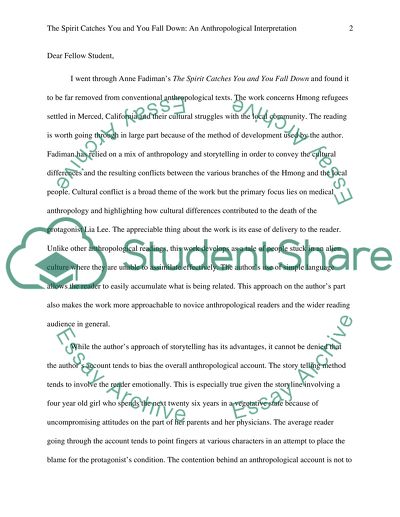Cite this document
(“The Spirit Catches You and You Fall Down: An Anthropological Essay”, n.d.)
Retrieved from https://studentshare.org/anthropology/1486248-write-your-own-topic
Retrieved from https://studentshare.org/anthropology/1486248-write-your-own-topic
(The Spirit Catches You and You Fall Down: An Anthropological Essay)
https://studentshare.org/anthropology/1486248-write-your-own-topic.
https://studentshare.org/anthropology/1486248-write-your-own-topic.
“The Spirit Catches You and You Fall Down: An Anthropological Essay”, n.d. https://studentshare.org/anthropology/1486248-write-your-own-topic.


